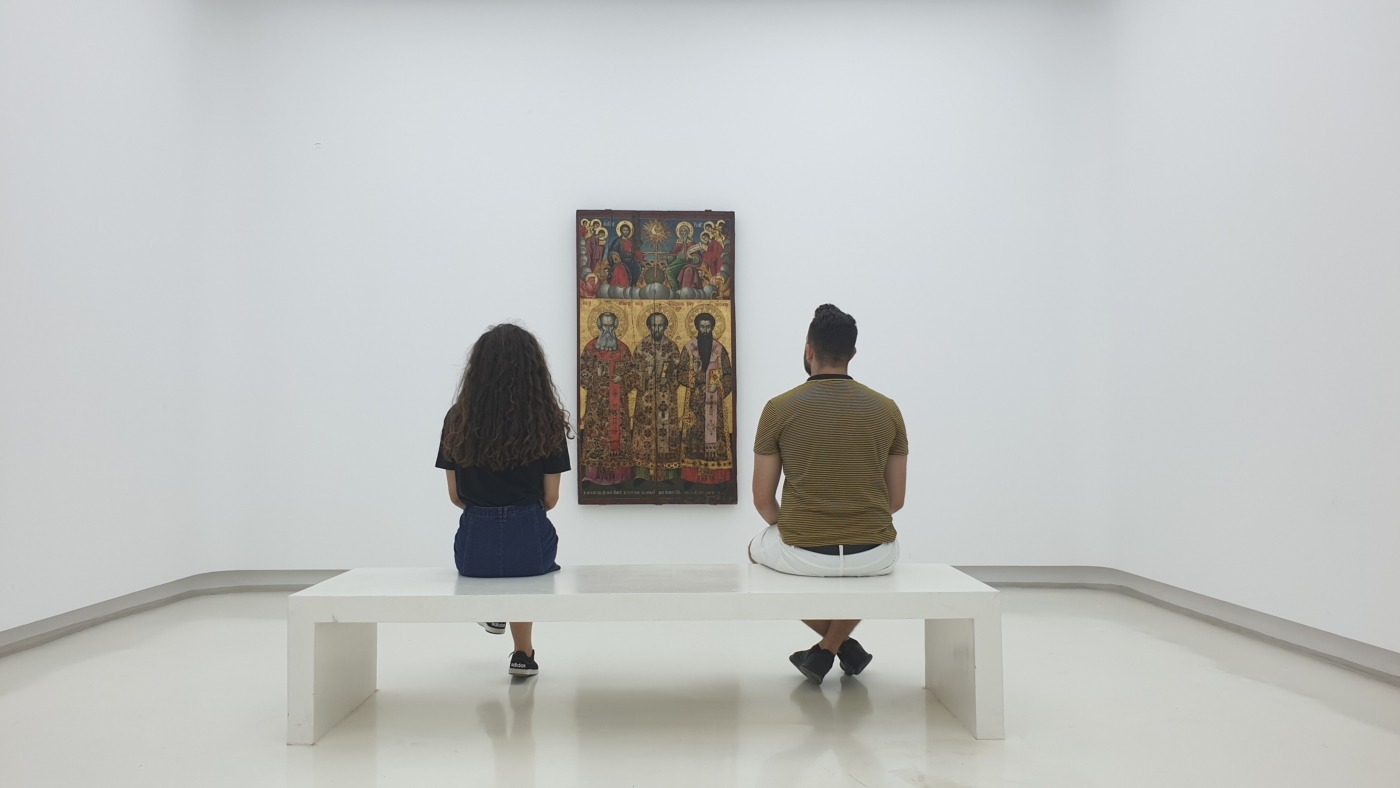The art of viewing art in 2020
The closure once again of museums and art galleries because of the UK’s second lockdown has forced artists to think of innovative ways for people to access their creations. So often dependent on physical viewing of millions in-person, creators have needed to find a way to ensure their artwork can be virtually viewed by as many people as possible.
In normal times, a packed museum flooded with people would be excellent news for a creator. People would travel deliberately to a location to see the creation someone had worked with great effort to produce. It would be a vindication of their efforts if people kept wanting to see their artwork and interpret the different meanings of their work.
However, we are not in normal times. Even when places of culture were allowed to reopen over the summer, social distancing will have been expected. While it might have been nicer for actually seeing the painting by having visitors spaced out, the locations would have undoubtedly lost some of their originality and wonder by so few people being allowed at any one time.
Creators however, have not been perturbed by these new restrictions. Instead, new innovations have been able to flourish. Desperate problems have meant that artists still want to share their creations, what has been produced through hard work, grit and against all the odds. The specific means by which work has been shared is innovative, new and unbelievably thought provoking.
The specific means by which work has been shared is innovative, new and unbelievably thought provoking
This has been demonstrated in all kinds of different ways. The artist Philip Colbert opened his Lobsteropolis exhibition at the Saatchi Gallery using a robot only launch. Viewers are able to enjoy the gallery from home by controlling their robots through their mobile phones. This allows them to move around the space and examine the artwork without needing to be there in present. It demonstrates clearly the desire to find achievements and allow artwork to be spread further.
Similarly, that is just one of many innovations. An art programme involving 2000 square metres of 8K resolution with 360-degree screen is to be placed near Tottenham Court Road tube station in London. According to the Guardian, this will be the largest digital canvas in London. Apparently the canvas will be a cube structure show advertising and art that others may not be previously able to access. The screen have been invested in as part of a £1 billion commercial redevelopment of the Denmark Street area, which used to be a heavy music scene.
All of these changes are combined with many museums and galleries moving their exhibitions online. Viewers can travel through museums via websites as though they were present in person. With only the artistic design and no other humans around, it offers a true first class premium experience. Though museums and art galleries are free, some people may have wrongly thought such institutions weren’t for them and felt like they were culturally inaccessible.
From one’s computer, any sign of social judgement with regards to culture has completely vanished. Individuals are freely able to explore any institution of value that they like
From one’s computer, any sign of social judgement with regards to culture has completely vanished. Individuals are freely able to explore any institution of value that they like. Nobody is trying to make people think about art in a particular way. Just as the art is an entirely subjective experience, so people will take different things from the process of how art works effectively.
Lots of these changes may have already taken place within the future. Like so many things, Covid has acted as an almost catalyst for forcing new events to take place quicker. With lockdown preventing individuals from enjoying art within person, artists have had to think of new solutions. It is inspiring to see so many thinking of new ideas. Of course, this depends on having access to the internet and secure broadband. Without that, people sadly won’t spend limited data they need on artwork.
It is also dependent on art education as a worthy endeavour within itself. People deserve to know the different artists – painters, sculptures, manufactures – who have helped to shape our society and provided a new interpretation on thinking. This requires solid education within schools that encourages creative thinking and understands the value of new interpretations. Indeed, it demonstrates how art can only truly be enjoyed with lots of individuals. New artistic innovations using amazing technology are spectacular. It’s wonderful that people are able to appreciate and learn about artwork from home. But these can only be temporary measures. At some point, the buzzy vibrance within the art gallery and museums needs to reemerge. We must return to them.

Comments